A year with an ostomy provides challenges and blessings
My name is Jasmine and I was diagnosed in 2016, at the age of 23 going on 24, with stage three colorectal cancer. I am a survivor. I went through multiple surgeries, chemo, radiation, and an ileostomy.
Many people think that having to wear an ileostomy bag would be unpleasant and very difficult. There is some truth in that at first, but I learned on the journey that it was a blessing.
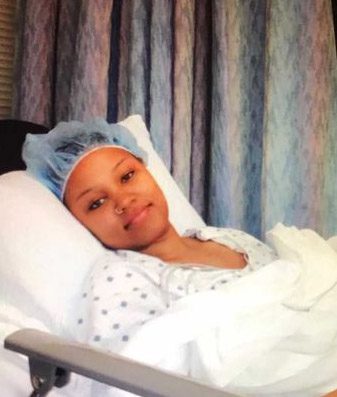 Without an ileostomy, I would have not have been able to have my cancer (tumor-size of a peach) taken out. Without having my cancer out, I might not be here today. There are challenges that I faced such as my bag leaking. There were some nights when I would wake up and the stool would be everywhere. It was very frustrating but I managed to get through. One day I asked myself, “is this life?” Just like anyone else I would feel down. I knew it was ok to go through the emotions but I started praying to God that things would get better. My faith, family, and friends is what got me through.
Without an ileostomy, I would have not have been able to have my cancer (tumor-size of a peach) taken out. Without having my cancer out, I might not be here today. There are challenges that I faced such as my bag leaking. There were some nights when I would wake up and the stool would be everywhere. It was very frustrating but I managed to get through. One day I asked myself, “is this life?” Just like anyone else I would feel down. I knew it was ok to go through the emotions but I started praying to God that things would get better. My faith, family, and friends is what got me through.
Once I explained to my treatment team about what was going on, they insisted that I have a nurse come out two-3 days out of the week to help assist with my ostomy. Thanks to Johns Hopkins in Baltimore, they gave me resources as far as where to order good quality bags that were covered by my insurance and I ordered from a supply company. They started by giving me free samples to try and then I started to order them frequently because I liked the quality and they also provided a kit that included scissors, ostomy bag holder, and barrier rings. The scissors were for me to cut the baseplate to get it to the exact size of my stoma so that it could fit properly. This was all new to me but in due time it became the norm.
The barrier rings were great because it is what protects the skin because I had issues with my stool getting on my stoma. Whenever the stool would rub on my stoma it would burn so the rings help protect the stoma and leaks.
I do not regret anything I went through though because I came out a stronger person.
The advice I’d share would be to empty your pouch on a regular schedule to avoid overflows. I ate small frequent meals because I notice when I ate a lot, my bag would fill up. Make sure you’re drinking enough fluids throughout the day as well. I had to Introduce foods to my diet one at a time to determine how it would feel. I always made sure that I had bags everywhere I went. 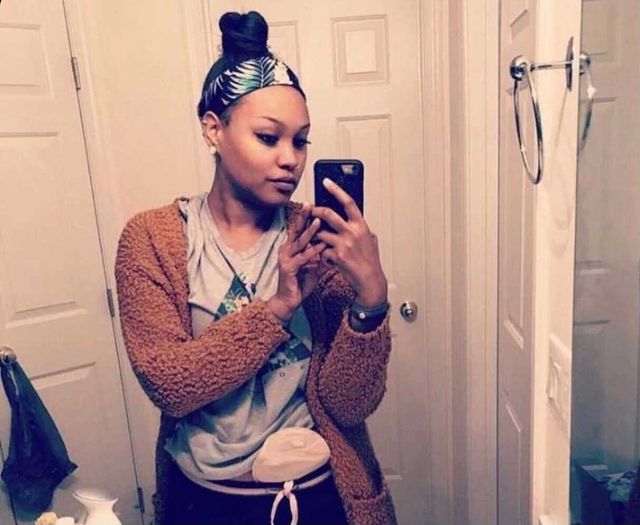
I had the ileostomy for almost a year and I was told that it did not have to be permanent unless I developed problems down the road. In April of 2017 I was able to get it reversed (taken off).
Some other challenges from the cancer were that I had a section of my rectum removed and one of my ovaries removed. I cannot have kids on my own because both of my Fallopian tubes were removed as well so I will have to go through a surrogate, knowing this, I chose to freeze my eggs.
Being that a part of my rectum was removed I have complications from time to time. I am now 29 and although I still have complications I’m so happy to still be here and share my testimony with others as well as help any others who are encountering the same illness.
My recommendation to others with an ostomy and going through this process would be to be confident in your bag. I never looked at myself as disabled, I wore my bag with pride. There were a few times when I made a design on my bag to make it my own.
One thing I went through was being able to see who my real friends were through this process. I lost some friends in the process but gained even better friends. I had trouble dating due to the fact that people were intimidated by my bag and everything I had to go through.
I do not regret anything I went through though because I came out a stronger person. Life is too short to be down, I survived cancer, I was almost at the end of the road. I was in way too deep to just give up. Do not give up, I want those who see my story to reach out to me if they need to vent. It helps to talk to someone who actually went through the same experience.
With the help of my family real friends, and God I was able to go through this process gracefully.
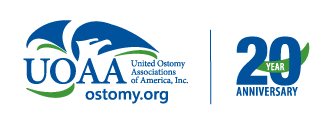
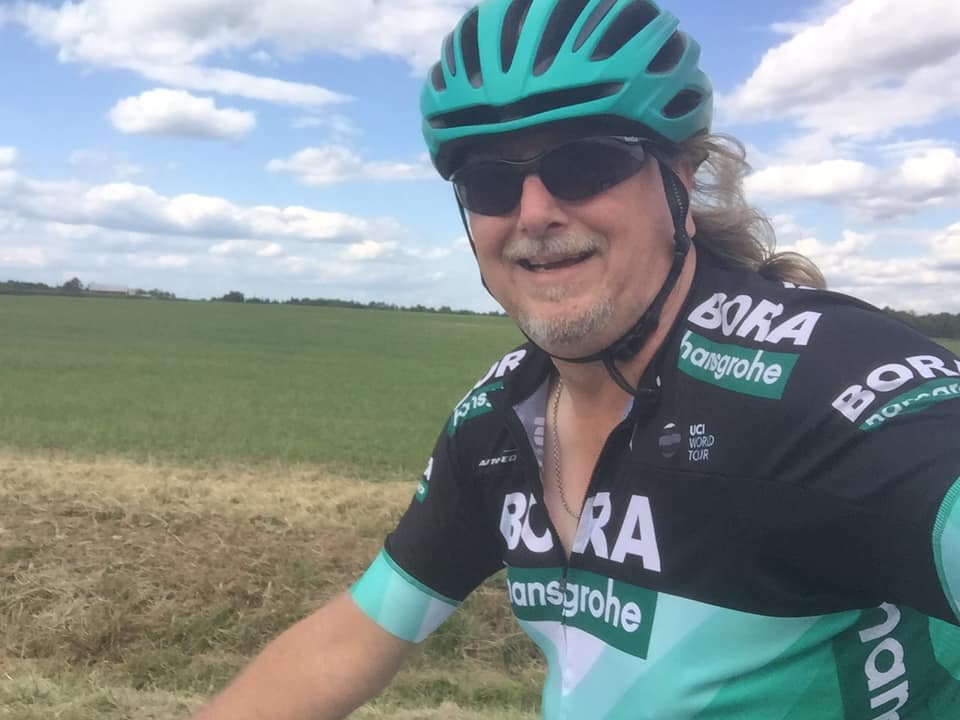
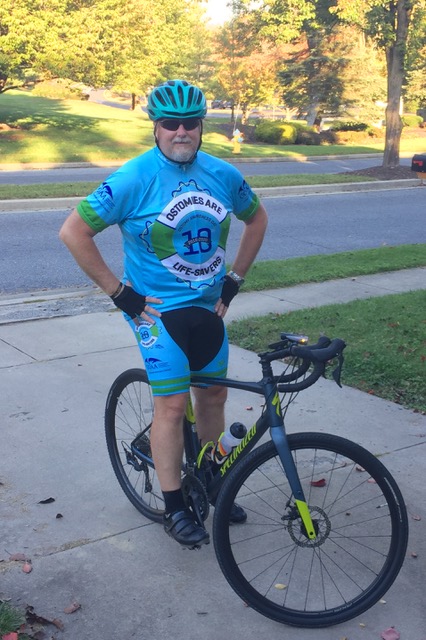 Indeed that was what happened and he experienced the struggles so many new ostomates have while trying to adjust both mentally and physically. McKinney now says, “Getting an ostomy was the best thing that ever happened to me, I got my life back.”
Indeed that was what happened and he experienced the struggles so many new ostomates have while trying to adjust both mentally and physically. McKinney now says, “Getting an ostomy was the best thing that ever happened to me, I got my life back.”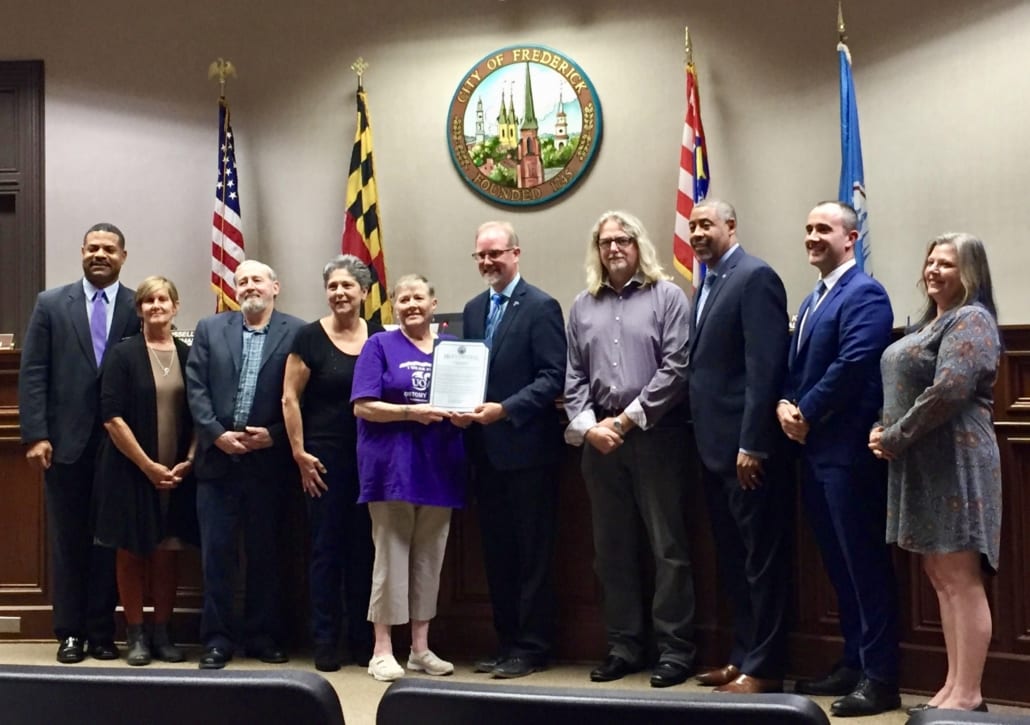 advises “Being prepared helps to put your mind at ease.” “Have a plan and know where the bathrooms are at local parks, I empty right before to go out. The back pocket on a cycling jersey is perfect for bringing extra supplies and wipes. My ileostomy tends to not have much output when I’m being active.”
advises “Being prepared helps to put your mind at ease.” “Have a plan and know where the bathrooms are at local parks, I empty right before to go out. The back pocket on a cycling jersey is perfect for bringing extra supplies and wipes. My ileostomy tends to not have much output when I’m being active.”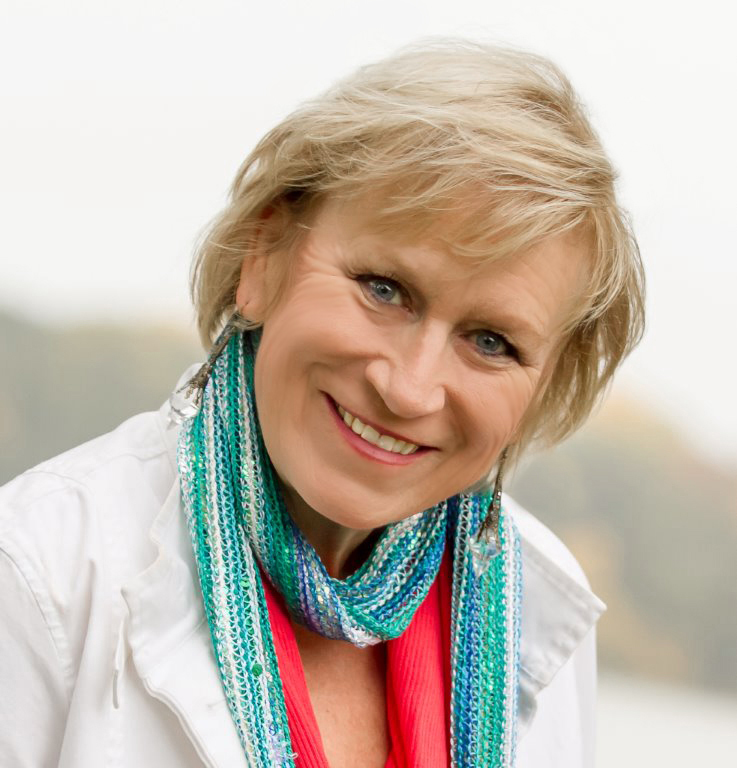
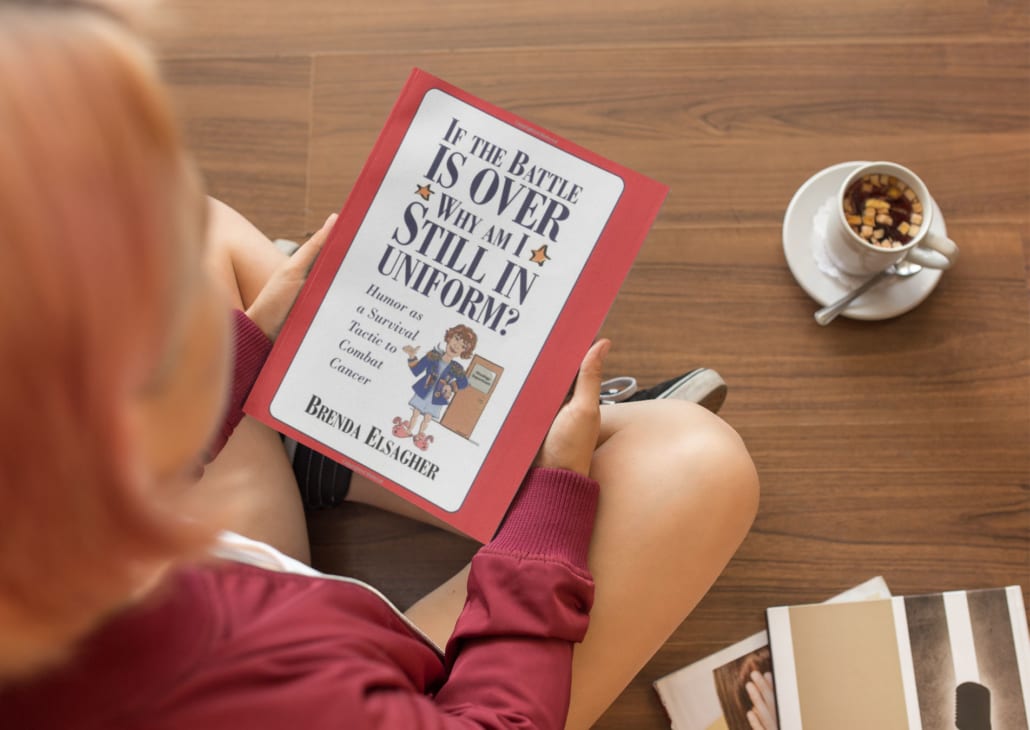 publication of the UOAA), which still exists today. Not long after, I got America Online (AOL) and felt like I was on the forefront of technology. I had a computer, and now the internet. Imagine horns blasting – my world opened up and the exchange of information worldwide was awesome. Even more ways to communicate! A woman in Colorado who read my book, “If the Battle is Over, Why am I Still In Uniform,” emailed me, decided to get a colonoscopy, and was spared from cancer. That is a satisfying feeling, to know you gave up a year of your life to write a book and it saved another.
publication of the UOAA), which still exists today. Not long after, I got America Online (AOL) and felt like I was on the forefront of technology. I had a computer, and now the internet. Imagine horns blasting – my world opened up and the exchange of information worldwide was awesome. Even more ways to communicate! A woman in Colorado who read my book, “If the Battle is Over, Why am I Still In Uniform,” emailed me, decided to get a colonoscopy, and was spared from cancer. That is a satisfying feeling, to know you gave up a year of your life to write a book and it saved another.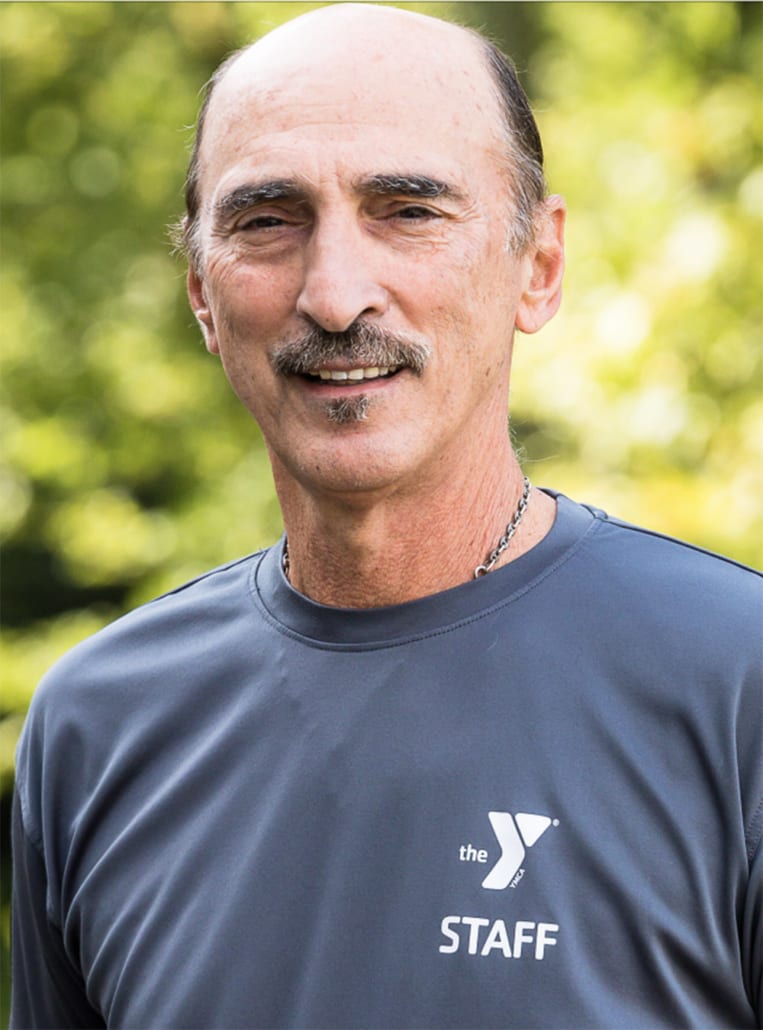 I want to tell my story concerning my ileostomy in order for people to understand how it is living with one and how a person can live a normal life and more.
I want to tell my story concerning my ileostomy in order for people to understand how it is living with one and how a person can live a normal life and more.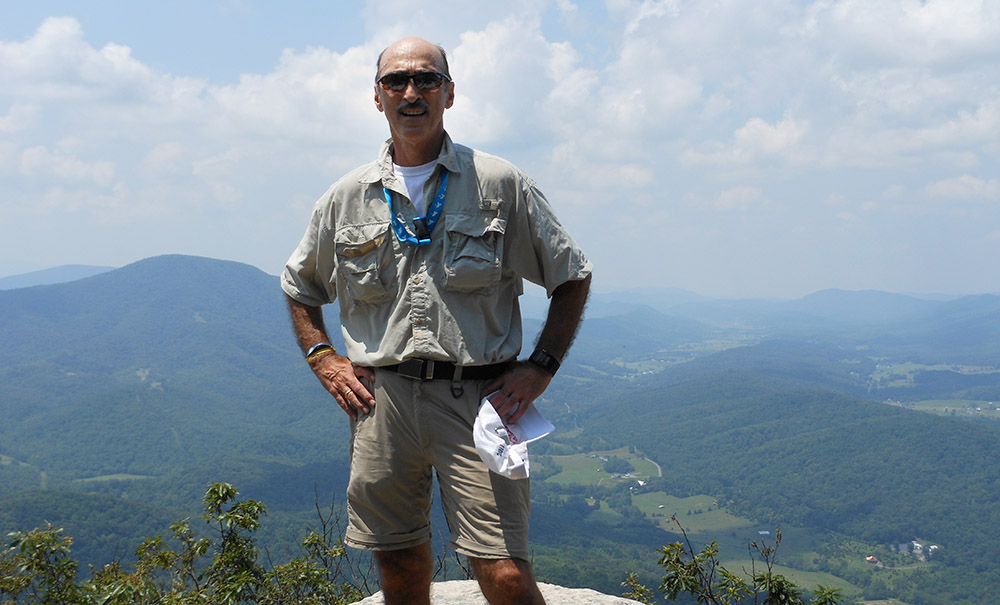
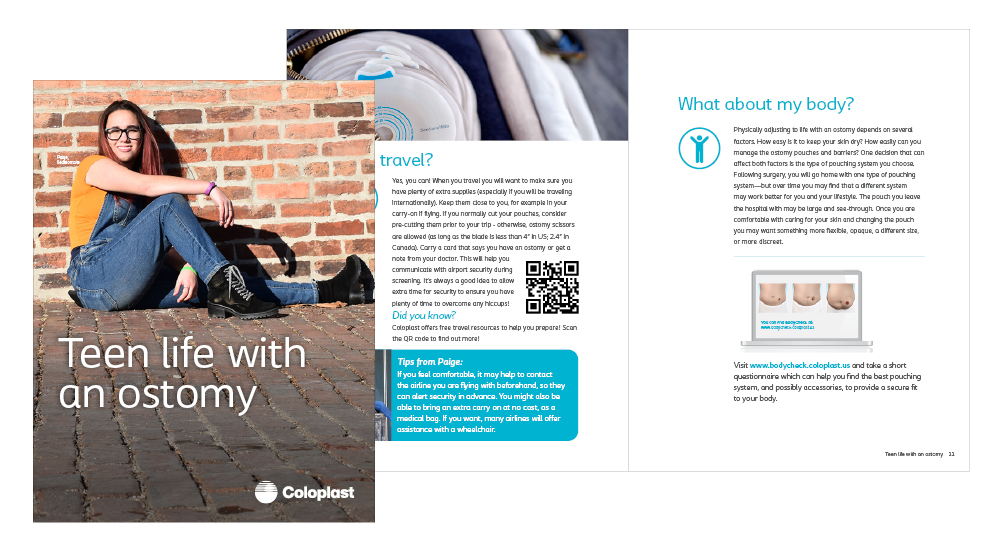

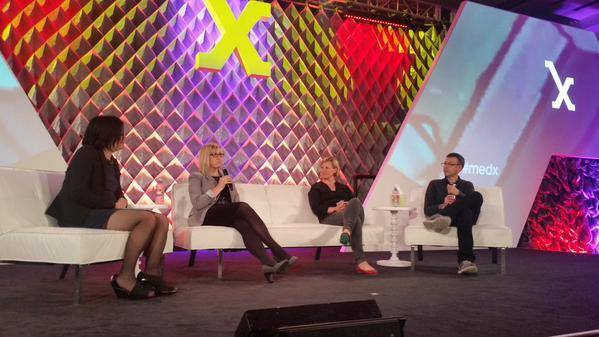
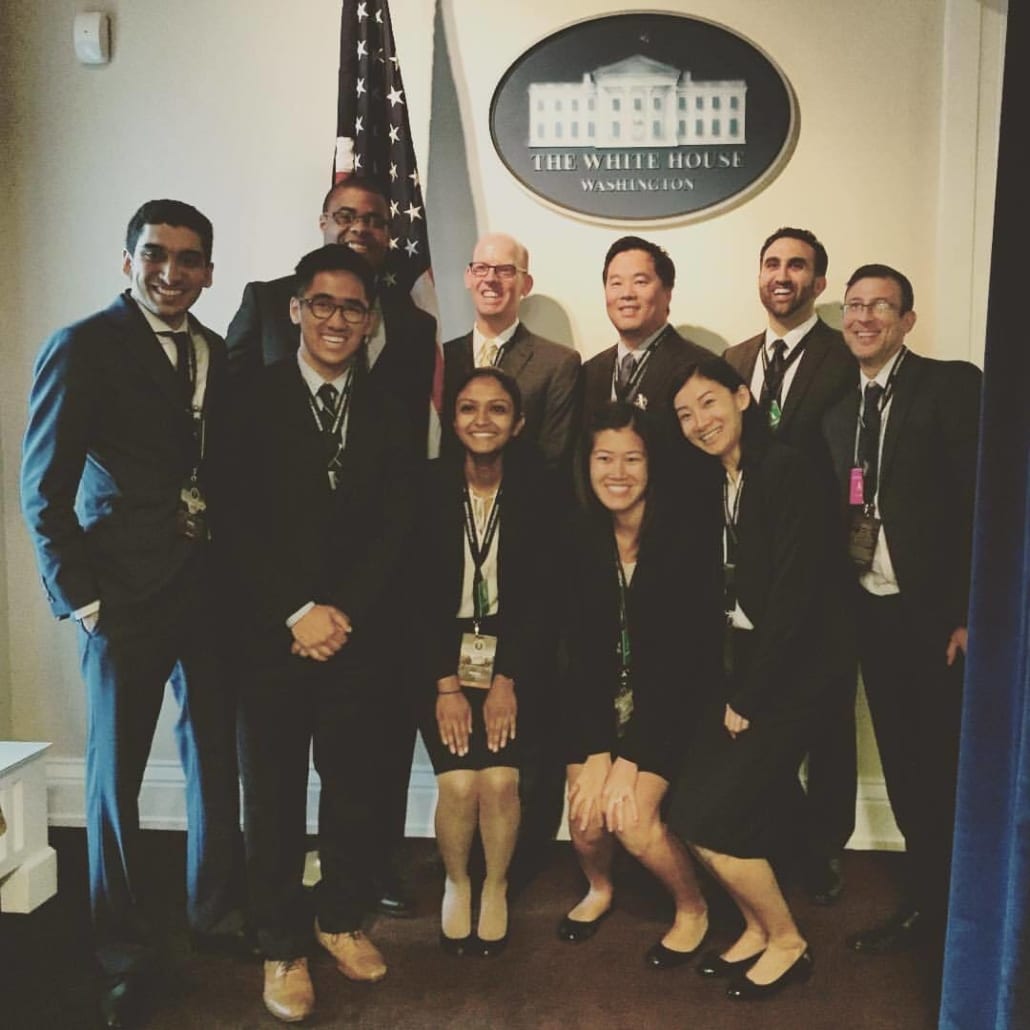
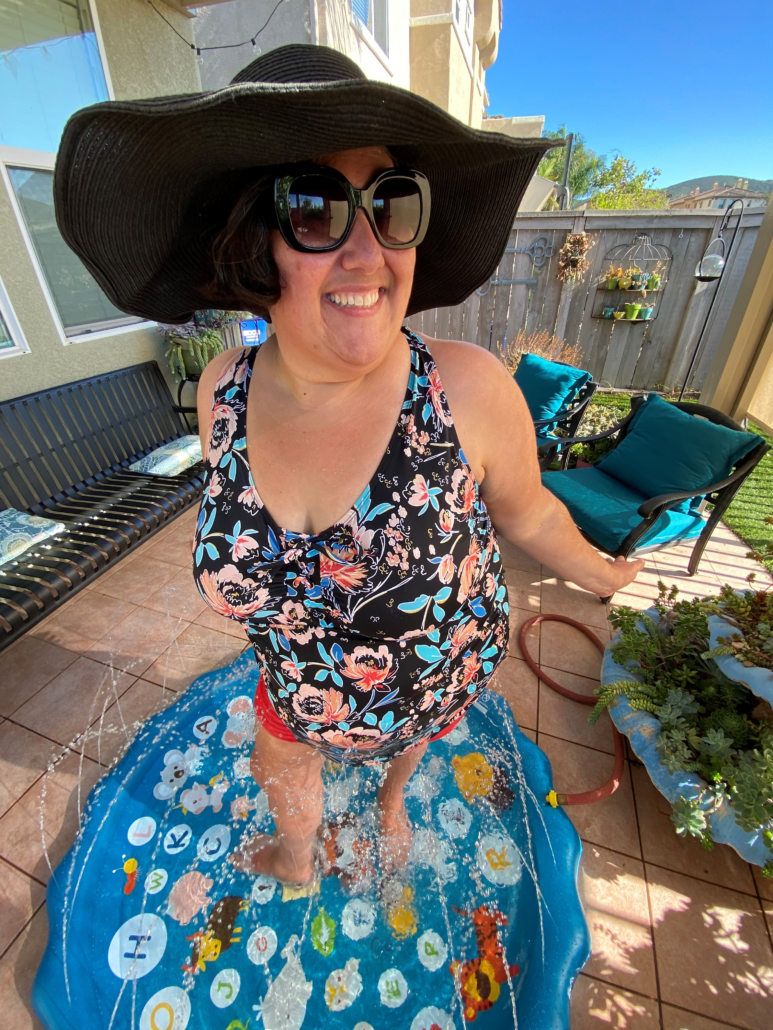
 nurses) would recommend 3‐5 days of wear time. What I would definitely advise against is waiting until you HAVE to change due to a leak. Before you realize you have a problem, waste is coming into contact with your peristomal skin, and that may lead to skin damage. Above all, you want to keep your skin healthy, happy and intact. So when would my daily activity impact my wear time? Again it’s moisture math! I mentioned earlier that I like to swim and jacuzzi; a quick dip for an hour or so is very different than a big day out that involves being in a wet bathing suit all day. If I am planning a big day out on the water, in the pool, at a beach or waterpark, I figure that in to my changing schedule. For example if day one was Thursday, and day three is a big day out involving water, when I get home, I’ll typically shower and do a full change.
nurses) would recommend 3‐5 days of wear time. What I would definitely advise against is waiting until you HAVE to change due to a leak. Before you realize you have a problem, waste is coming into contact with your peristomal skin, and that may lead to skin damage. Above all, you want to keep your skin healthy, happy and intact. So when would my daily activity impact my wear time? Again it’s moisture math! I mentioned earlier that I like to swim and jacuzzi; a quick dip for an hour or so is very different than a big day out that involves being in a wet bathing suit all day. If I am planning a big day out on the water, in the pool, at a beach or waterpark, I figure that in to my changing schedule. For example if day one was Thursday, and day three is a big day out involving water, when I get home, I’ll typically shower and do a full change.

